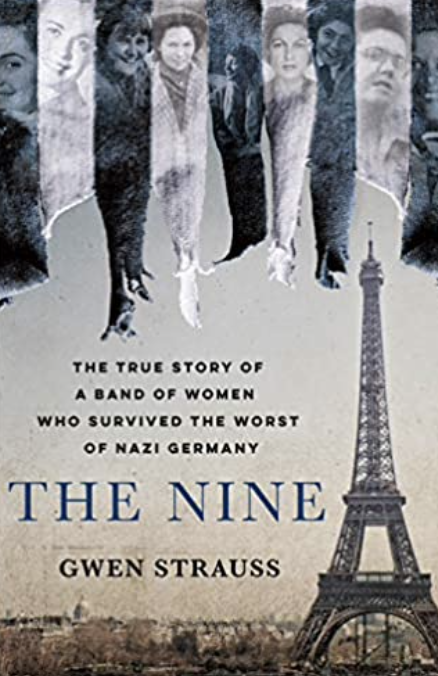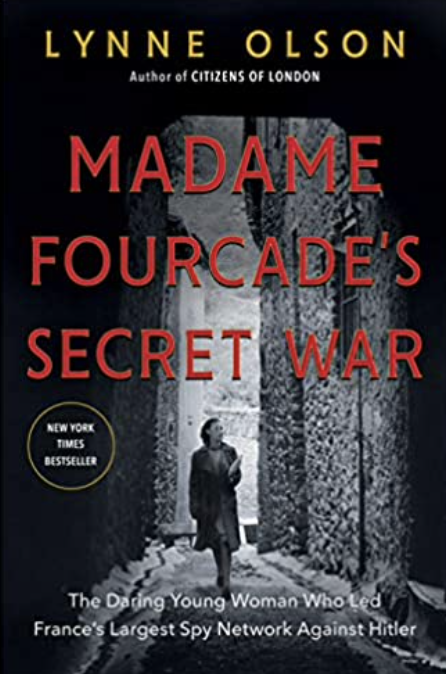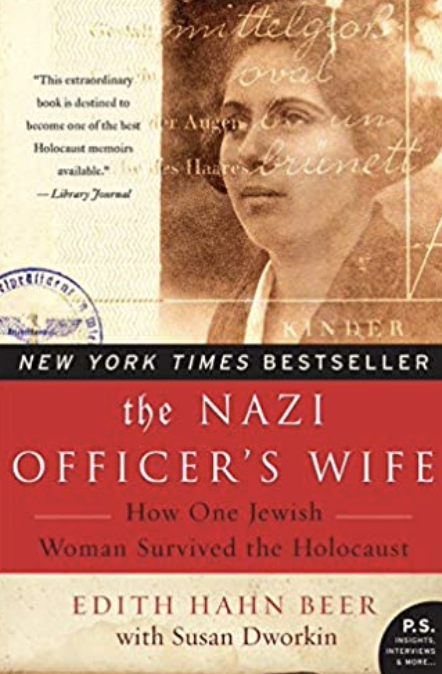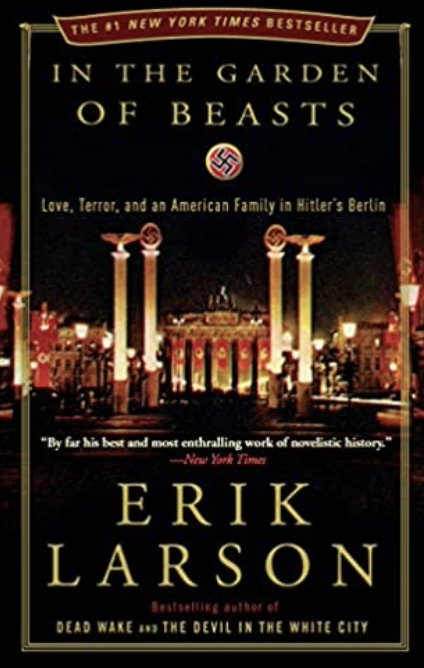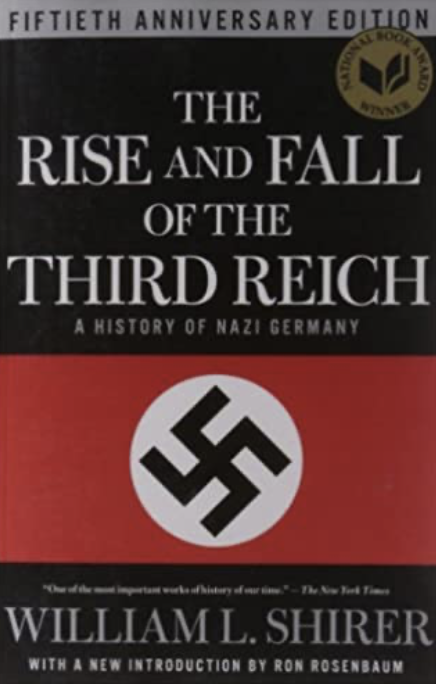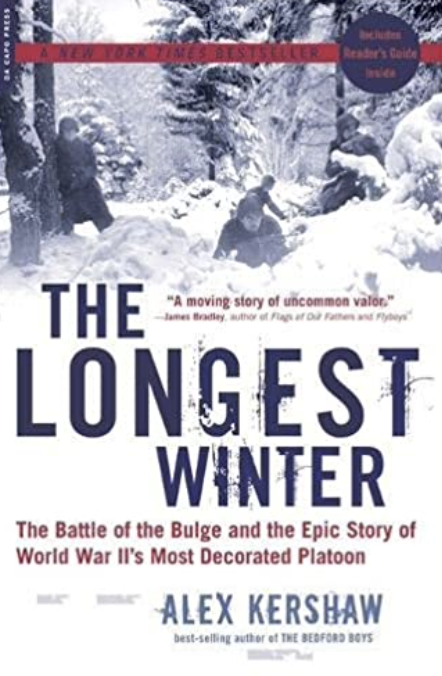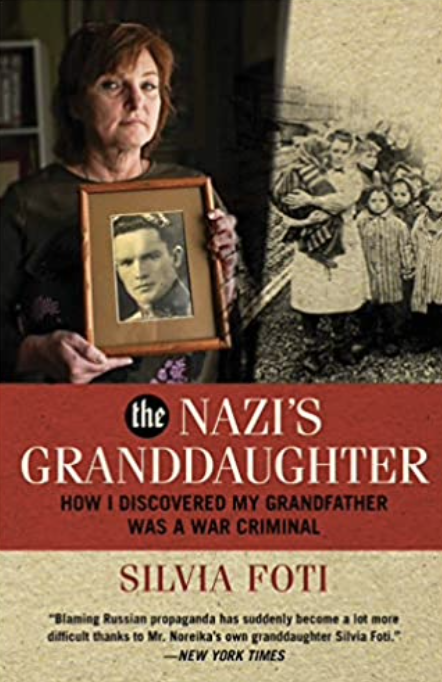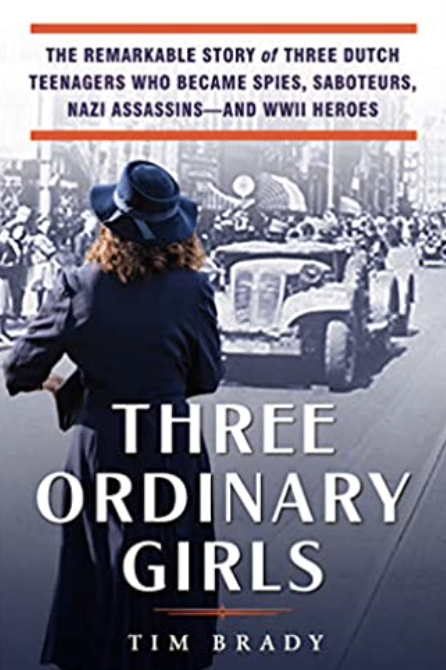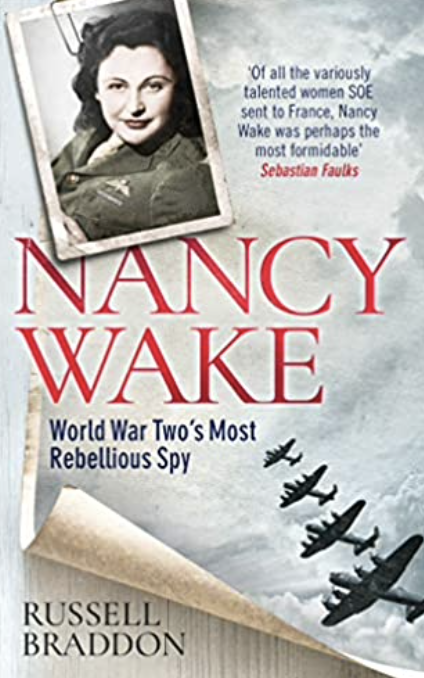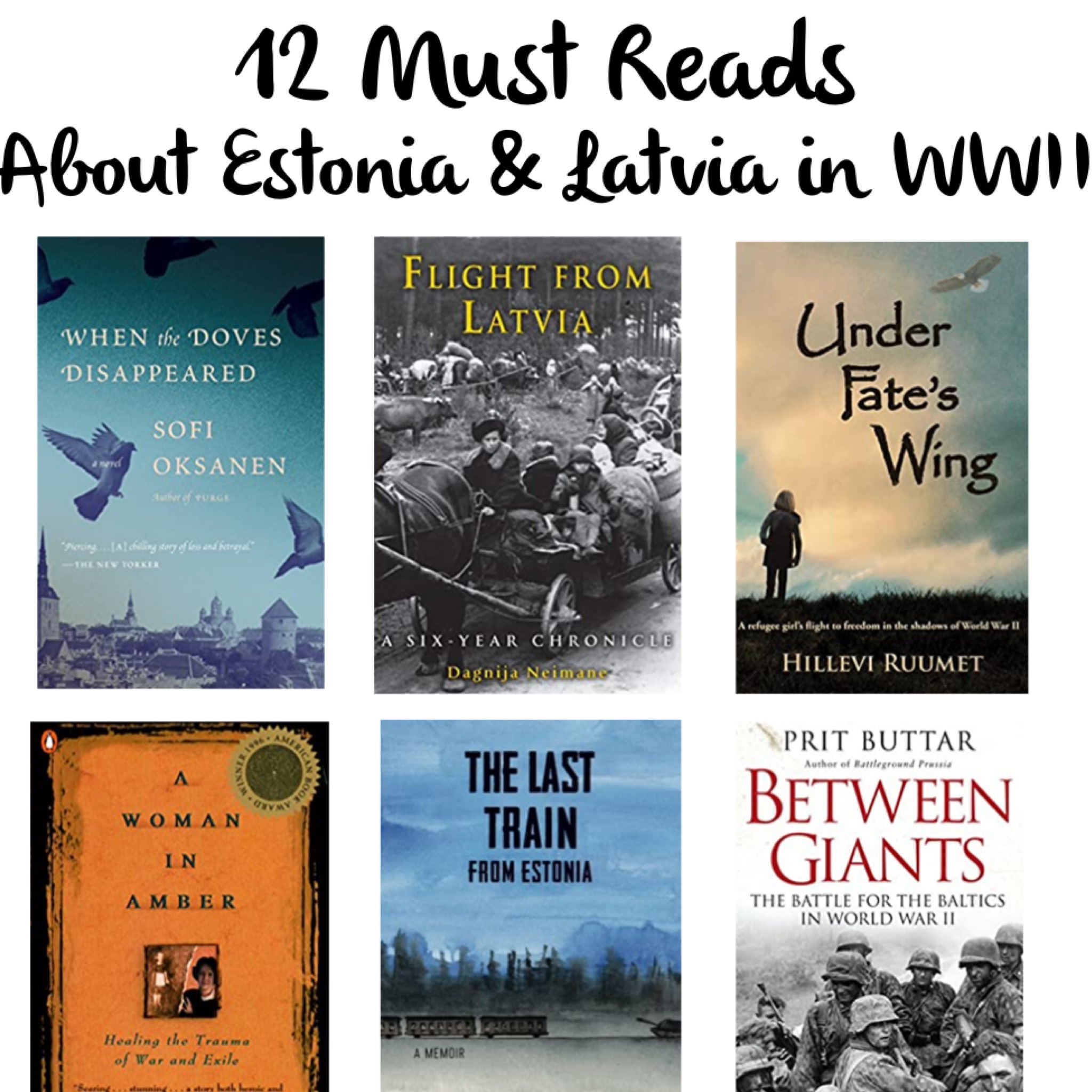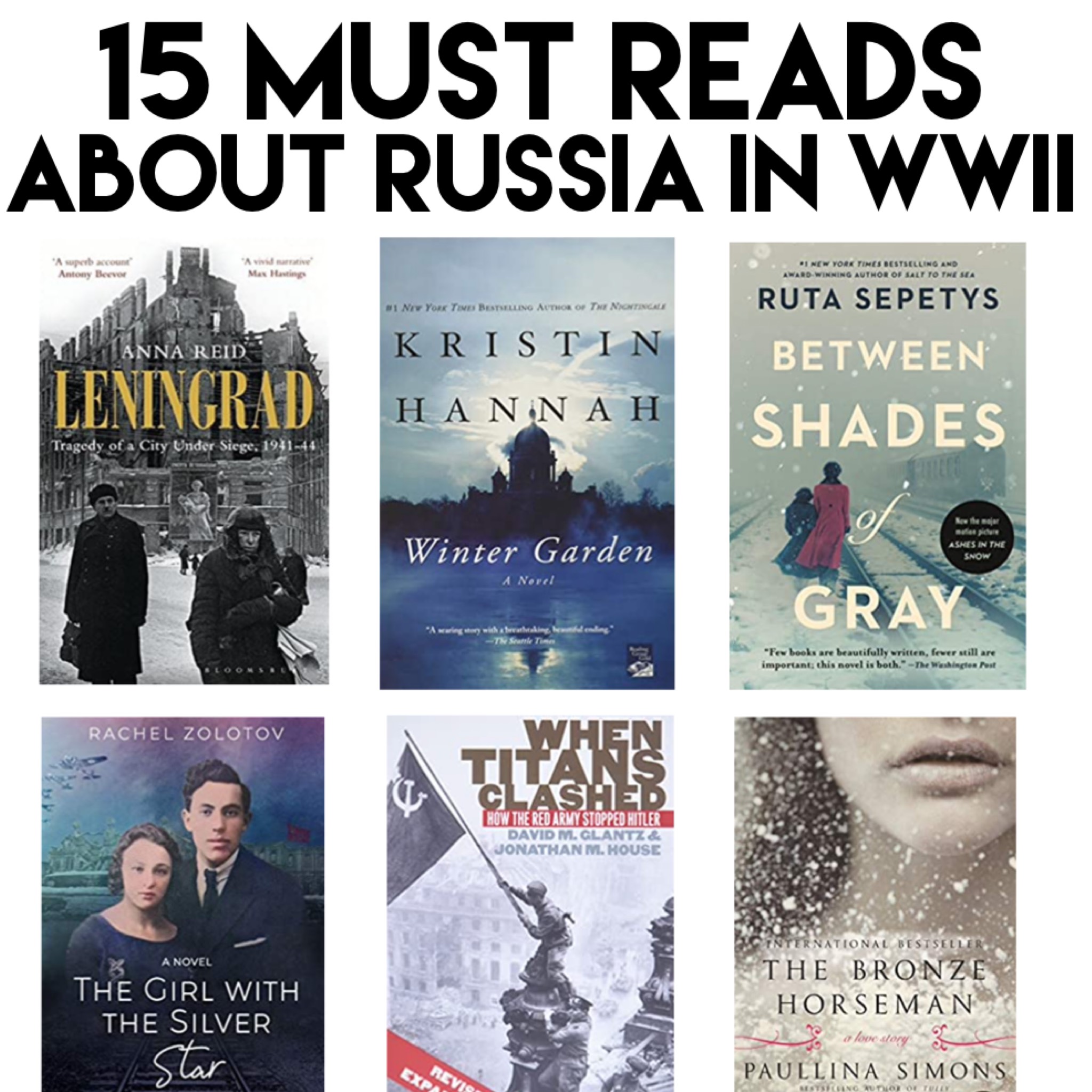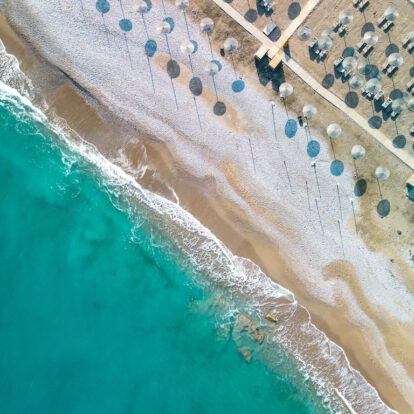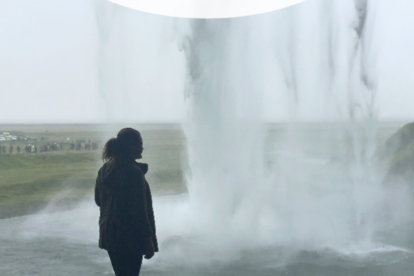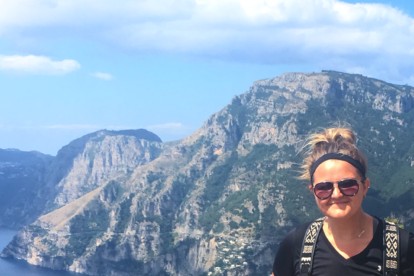The European Theater was the one of the main areas of combat during World War II, and for six years it saw heavy fighting across Europe. There are many excellent books that cover the incredible depth of destruction that took place, and the human cost society paid. These are 15 of my favorite books that cover a variety of topics of the European Theater. Those six years created history that you could spend decades learning, and in this book list you’ll find a few of the best books on the resistance networks, the Third Reich, the most important battles on European soil, and the trials after the war.
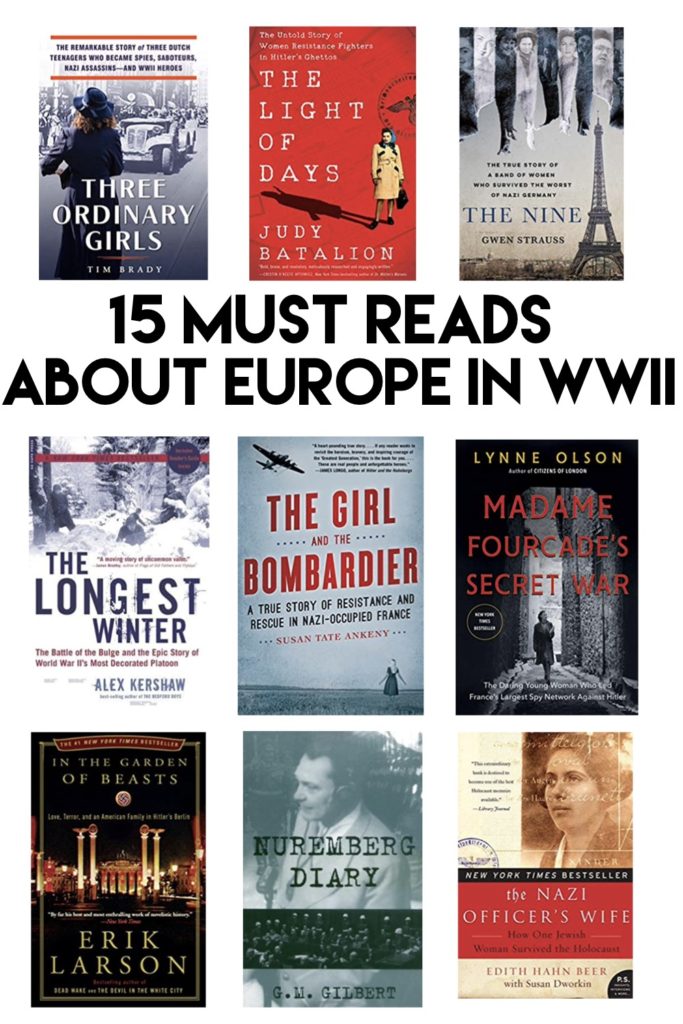
For books specific to Poland in WWII, check out our 12 Best Books to Read About Poland, and for books on WWII in the Pacific Theater, check out our the list of best books about Japan & the Pacific Theater.
The Nine: The True Story of a Band of Women Who Survived the Worst of Nazi Germany by Gwen Strauss
The Nine follows the true story of the author’s great aunt Hélène Podliasky, who led a group of nine female resistance fighters who joined the resistance. The stories of women in the resistance should be told more often, as they are not only incredibly important to the events of WWII, but they are all tales of unfathomable courage. This group of women did whatever needed to be done- smuggled weapons, smuggled Jewish children, hid downed Allied parachuters. They eventually were arrested by the French police and sent to a forced labor camp in Germany. But not for long, because as if this true story wasn’t full of enough courage and bravery, the group of women, now all good friends, escaped and made it across the front lines back to Paris. An exceptional read that showcases how hard women worked in the war, just often going unseen.
Madame Fourcade’s Secret War: The Daring Young Woman Who Led France’s Largest Spy Network Against Hitler by Lynne Olson
This little known true story was named best book of the year, and for good reason. It details the life of a young mother in France, born into a life of privilege, and how she became the leader of a vast intelligence organization—the only woman to serve as a “chef de résistance” during the war. She was a part of getting American and British troops the intelligence and maps they’d need to carry out D-Day successfully. She was captured by the Nazis not once, but twice, and managed to escape both times. It’s a book you can’t put down, and shows how what a crucial role women played in winning the war, even if their accolades came decades later than they should have.
The Nazi Officer’s Wife: How One Jewish Woman Survived the Holocaust by Edith Hahn and Susan Dworkin
Based on a remarkable true story, Edith Hahn lived in Vienna when she was arrested by the Gestapo, forced into a ghetto and then sent to a slave labor camp. She managed to get out, but knew they would be looking for her and that staying in her hometown was not an option. With the help of a friend, she went underground and reemerged in Munich as Grete Denner. In a chance meeting, a Nazi fell in love with her. Seeing this as a way to hide in plain sight, she married him. She lived in constant fear, and her narrative brings us through the events that Edith had to experience, from being bombed out of her house, her husband being captured, and how she kept her identity a secret. Edith kept a painstakingly detailed record of her survival, and this book is the heart-wrenching result.
The Liberator: One World War II Soldier’s 500-Day Odyssey from the Beaches of Sicily to the Gates of Dachau by Alex Kershaw
This previously untold story follows U.S. Army officer Felix Sparks over his five hundred days of battle from the beaches of Sicily through the mountains of Italy and France, ultimately enduring bitter and desperate winter combat against the SS on the German border. Having miraculously survived the long, Sparks was then chosen to lead his men into Bavaria, where they experienced some of the most intense street fighting of the war. When he finally arrives in Dachau and sees the horrors with his own eyes, his humanity is put to the test.
Children of Nazis: The Sons and Daughters of Himmler, Göring, Höss, Mengele, and Others― Living with a Father’s Monstrous Legacy by Tania Crasnianski
This is the fascinating story of eight children who, while young at the time, eventually grew up to discover who their fathers were- some of the worst war criminals the Third Reich created. How the descendants of these men felt is something I think every person interested in the history of WWII is curious about, and this book, which has been translated into eleven languages, does a tremendous job of examining the eight very different paths these children took. Some disowned their past and condemned their father, some unconditionally supported them until the end. It’s a really eye opening look at what these children of the Nazi leaders was like in the aftermath of Hitler’s atrocities.
In the Garden of Beasts: Love, Terror, and an American Family in Hitler’s Berlin by Erik Larson
This incredibly written and well-researched book focuses on how the rise of the Third Reich was allowed to happen under the noses of countries like the U.S. and Great Britain. Beginning at the beginning the Nazi era coming into power in Germany, Chicago history professor William Dodd was sent to Berlin by Roosevelt to serve as US ambassador. It’s a very readable narrative, from a different perspective of WWII, that speaks volumes as to why the world didn’t react to the threat of Hitler like we would have thought, at least not until Europe was already deep into the terror of Hitler’s war.
The Light of Days: The Untold Story of Women Resistance Fighters in Hitler’s Ghettos by Judy Batalion
Written by the granddaughter of a survivor, this book about the plight of Polish Jews in the Warsaw Ghetto and the absolute heroism the exhibited in their resistance efforts against the Nazis. Working from the inside, these women, who had seen their family members murdered and their communities torn to shreds, used whatever means necessary to actively resist the terror that was being unleashed on the Poland Jewish citizens. This book is a must read to get the full scope of the Jewish experience, and to understand all of the ways that the resistance fought back.
This book is also featured in our 12 Best Books About Poland in WWII list
Nuremberg Diary by G. M. Gilbert
G. M. Gilbert served as the prison psychologist which gave him firsthand access to the worst of the Nazi war criminals. He worked to build their trust which encouraged them to tell him their motivations behind creating Auschwitz, Dachau and Buchenwald. Their shocking and chilling interactions also gave Gilbert access to their opinions on the trial, Hitler, and their desperate attempts to distance themselves publicly from the crimes they had committed under the Third Reich. This is an intimate look at some of the worst crimes against humanity, from the psychologist tasked with having to work with the offenders.
This book is also featured on our list of Best Nonfiction Books About the Holocaust
The Rise and Fall of the Third Reich: A History of Nazi Germany by William L. Shirer
A monumental, definitive look at how Nazi Germany came to be. It’s a book that belongs on every WWII buff’s bookshelf, and I’d agree it’s one of the most important books for everyone to read to understand how a society could fall so far into a dictatorship that they would attempt to exterminate their own neighbors. This book took years of research and includes testimonials from Nazi officials and officers, concentration camp survivors, letters, private diaries and more. It’s chilling and frightening, and one of the most complete histories of the Third Reich.
The Longest Winter: The Battle of the Bulge and the Epic Story of WWII’s Most Decorated Platoon by Alex Kershaw
In this gripping, true life saga, Alex Kershaw brings to life the story of some of America’s little-known heroes-the story of America’s most decorated small unit. It’s an epic story of courage and survival in World War II, and one of the most inspiring stories in American history. The Battle of the Bulge was one of the hardest wins ever fought for, from being vastly outnumbered, the freezing cold elements, vicious German troops and tanks, and huge numbers of American’s captured and taken to POW camps, this story is one that should be read by all who want a better picture of what the front lines were like during WWII in Europe.
The Girl and the Bombardier: A True Story of Resistance and Rescue in Nazi-Occupied France by Susan Tate Ankeny
This true story, written by the daughter of a small-town American boy who found himself downed in a B-17 in Europe, is a heart-pounding, remarkable read. The author weaves together her father’s story, 65 years later, with the young woman who risked everything to save him. Based on interviews, letters, and retracing her father’s steps, she flawlessly intersects these two lives to ultimately shine a light on the courage, cunning and bravery of the women in the French resistance network for Allied airmen, known as Shelburne.
This book is also featured on our list of Best Books About Americans in WWII
The Nazi’s Granddaughter: How I Discovered My Grandfather was a War Criminal by Silvia Foti
Silvia Foti grew up with stories about how her grandfather was a hero, who resisted German occupation, spent years in a Nazi concentration camp and was executed by the KGB. But in 2000 when Silvia went to Lithuania she heard a very different story about her grandfather. This is a true story of one woman’s search for answers to questions she didn’t ever think to ask. A 20 year endeavor in which she unearths the truth about the rumor she heard that her grandfather was a “Jew-killer”, this memoir is an unforgettable story about family, justice and courage.
Hitler’s Last Secretary: A Firsthand Account of Life with Hitler by Traudl Junge
Traudl Junge was a young woman in 1942 when she accepted a job as the private secretary to Adolf Hitler. She worked alongside of him until the end, when she heard his gun go off as he took his life. She gives a chilling and unique look at what life was like with a man the world now recognizes as a monster. Her detailed and personal memoir was written not long after the war ended and gives readers her insight on who this man was behind closed doors. It’s a quick and incredibly fascinating read.
Three Ordinary Girls: The Remarkable Story of Three Dutch Teenagers Who Became Spies, Saboteurs, Nazi Assassins–and WWII Heroes by Tim Brady
From a country not often depicted in stories of resistance in WWII, this book introduces us to three real life women in the Netherlands. These three young women became one of the biggest assets that the resistance had- they were able to use their youth, beauty, and cunning charm and ended up being the most valuable people in the underground fight against the Nazis. They blew up bridges an railways, they gathered much needed intel to aid the Allies, and in their own ways, these three women used their own unique skills and power to refuse to accept defeat.
Nancy Wake: World War Two’s Most Rebellious Spy by Russell Braddon
As told to the author by Nancy herself, this is her story of how she went from living easy in the south of France to being on the Nazi’s most wanted list. After her husband was called to war, she got herself involved in the resistance network and went from arranging food drops, to managing an army of 7,000 resistance fighters. Often at great personal risk to herself and those she loved most, Nancy went above and beyond to protect her country and the Allied troops fighting to save it.
For more books about WWII, check out our most popular lists: Best Historical Fiction WWII Books & Best Historical Fiction Books About the Holocaust
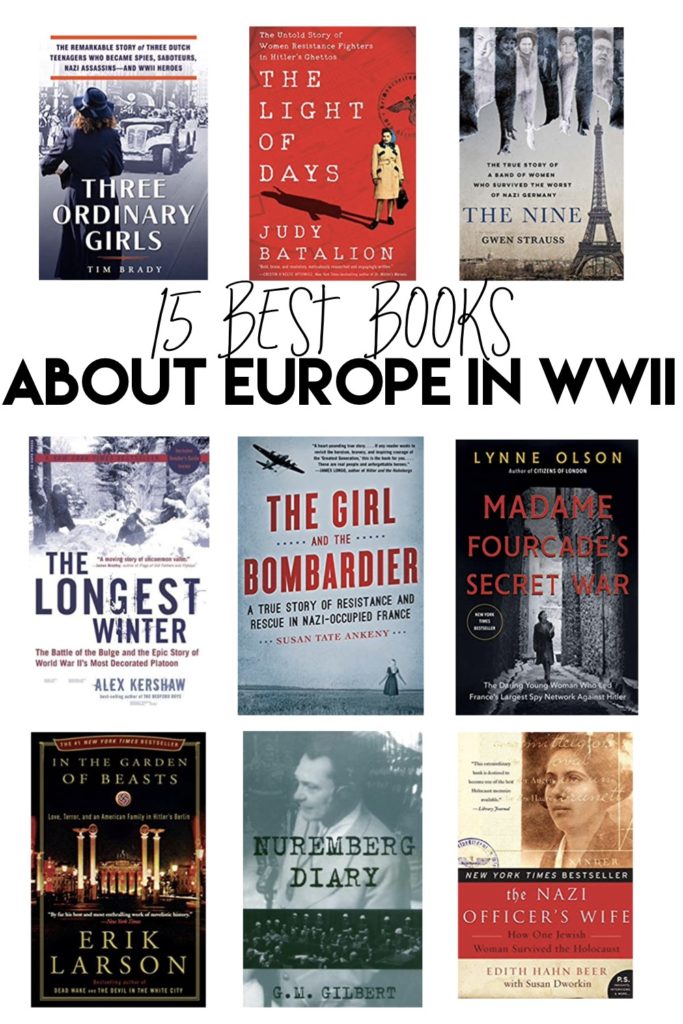
This 15 Best Nonfiction Books About the European Theater in WWII post may contain some links that are affiliate links, though products are ones I use personally and recommend. When you purchase anything using my links, it costs you absolutely nothing extra, but it does give carryonbailey.com a little financial support which helps to keep this blog running. Thank you for your continued support, both with your dollars and you!
